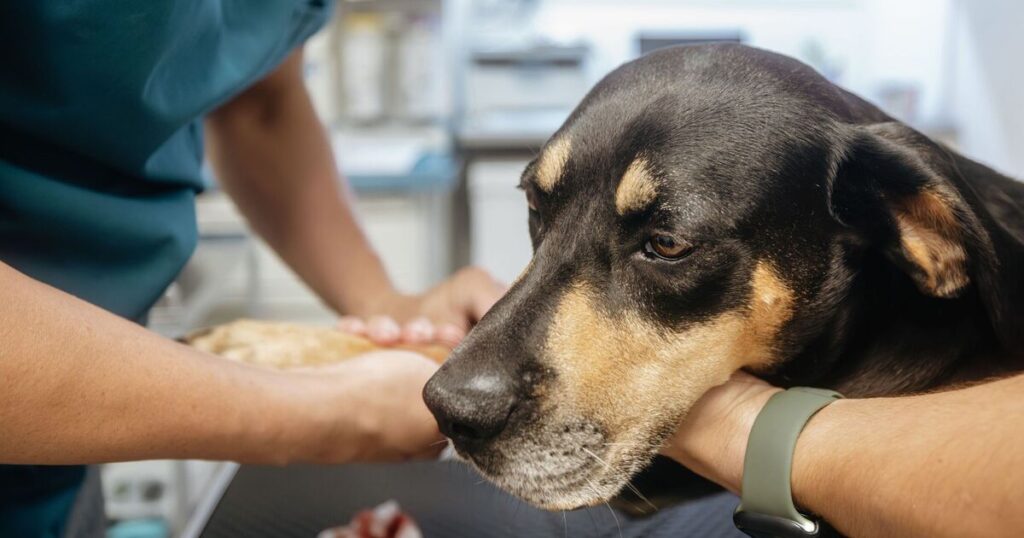
A vet has shared four telltale signs that your pet is seriously dehydrated, and it’s important to be able to recognise them. Millions of animals across the globe are cherished pets, and integral members of many people’s families.
Keeping them healthy is one of the most important parts of pet ownership, with all animals requiring consistent care, attention and commitment. Many pet owners turn to social media looking for advice on common issues and concerns. On Reddit, a worried owner asked how they might identify dehydration in their pet.
Another replied: “As a pet owner myself, I know how important it is to ensure our furry friends are staying hydrated. Some signs of dehydration in pets include dry gums, sunken eyes, lethargy, and loss of skin elasticity.
“You can also try the ‘skin tent’ test, where you gently pinch the skin on the back of your pet’s neck and see how quickly it returns to normal. If it takes more than a second or two to return to its original position, your pet may be dehydrated.
“It’s always a good idea to make sure your pet has access to plenty of clean water and to monitor their behavior and health regularly.”
These tips were echoed by Dr Aimee Warner, resident veterinarian at Waggel. The vet said: “Dehydration in pets isn’t always obvious. By the time signs appear, like sunken eyes or extreme lethargy, your pet could already be in real danger.
“Heat affects animals differently than humans, and our furry companions are often less equipped to manage rising temperatures.”
The vet explained that unlike humans, dogs and cats don’t sweat effectively and often don’t increase their water intake until they’re already under strain. Prevention isn’t just important, it’s lifesaving.
With that in mind, she shared a string of signs to help owners keep on top of their pets’ hydration needs – and just what to watch out for.
Dr Warner highlighted the more subtle signs of dehydration: “Dry gums, lethargy, sunken eyes, and skin that doesn’t bounce back quickly when pinched can all signal dehydration. In cats, a lack of grooming is also a red flag.”
In dogs, more serious signs include four worrying symptoms:
- excessive panting
- glazed eyes
- drooling
- disorientation
All of these “may signal advanced dehydration or overheating”.
Dr Warner advised: “If in doubt, stop activity, offer water, and cool your dog gradually.”
She also said: “By the time a pet is actively seeking water, dehydration may already be underway. Place multiple water bowls throughout your home and garden to encourage regular drinking. Cats, in particular, may benefit from fountains.”
In the warmer months, the time you choose to walk your dog can play a crucial role in their health. Dr Warner said: “Walk dogs only during the coolest parts of the day: early morning or late evening. For indoor pets, provide cool, shaded spaces and good ventilation.”
She also stressed the importance of never leaving pets in cars or enclosed spaces as “even with a window cracked, the risk of dehydration and heatstroke is dangerously high.”
It’s not just the summer that requires careful consideration of a pet’s hydration. Dr Warner explained: “While heat is a major trigger, dehydration can also occur indoors during winter or after vigorous play. Make hydration part of your daily care routine.”
Dr Warner added: “Hydration is one of the most fundamental aspects of pet health. Whether you have a dog bounding through the park or a cat curled up in a sunbeam, hydration is one of the simplest and most effective ways to safeguard their health.
“It’s easy to overlook — but it’s never worth the risk.”
 Latest World Breaking News Online News Portal
Latest World Breaking News Online News Portal






